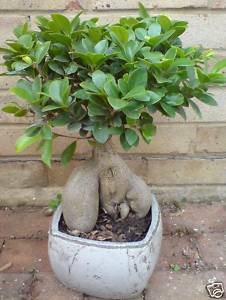
Dandelion! The Ultimate Weed!
Some people like the sight of yellow dandelion flowers in their lawn. Others may even appreciate their skyward-stretching puffballs. But if you're not one of those people, we can suggest some natural and organic methods for controlling dandelions.
Pulling dandelions by hand is not that easy, but it can be done. You need to get the whole tap root out—if you don't, the piece you've left in the ground will sprout new foliage and, eventually, yellow flowers and white puffballs.
For little weeds, pulling the tap root out is not too hard if you're careful. For larger specimens, it can be nearly impossible. A special "dandelion digger" tool can help, as can attempting your weed-pulling operation after it's rained, when the ground it still a little loose.
Dandelions grow in one of two ways; from a dandelion seed that germinates, or from a still-viable piece of tap root that's under the surface. If you can interrupt the seed production cycle AND starve the tap roots of nutrients, you can defeat your lawn's dandelions without having to buy any chemicals or other products. Here's how to approach this:
1. Pick off the Heads — As soon as you see a dandelion plant's yellow flowers, pick the heads off. That will prevent them from getting to the puffball stage, when they release the seeds for the next generation of your lawn's worst nightmare.
2. Pick off the Leaves — Picking the leaves off a dandelion will not kill it because the tap root remains below the surface and will quickly send up new leaves. But repeatedly picking off the leaves will eventually starve the tap root of nutrients and kill the weed.
3. Corn gluten meal—which, just like it sounds, is naturally derived from corn. It acts by suppressing the germination process of a variety of weed seeds, including crabgrass and dandelion.
A multi-year program of applying corn gluten meal every spring will eventually give you a weed-free lawn. Remember that corn gluten meal will suppress germination of grass seeds as well, so time your applications away from reseedings.
The only other downside of corn gluten meal is that it will also kill the beneficial, nitrogen-fixing clover in your lawn, but we recognize that from some people's perspectives, that's a good thing.
Corn gluten meal also benefits your grass by adding nitrogen to the soil.
If you like spending money on mechanical gadgets to help you with your gardening, you'll find a variety of appliances such as flame weeders, mechanical pullers, water-powered weeders, and heat zappers, all designed to kill your dandelions off. These do work but are expensive.
